Place-based education in the Feather River region
Learning Landscapes is FRLT’s conservation and education program designed to facilitate the nature-kid connection throughout the school year with access to open space, place-based learning, and hands-on stewardship experiences.
While our local kids live in rural communities, quality time outdoors is not a given. Since 2004 we have been working to remedy “nature deficit disorder” in the Feather River region in partnership with school districts, landowners, teachers, and students. Research and experience demonstrate that kids thrive on many levels when provided with outdoor education and hands-on learning.
2,500 schoolchildren
annually
60 teachers
trained each year
6 rural communities
participate in 3 counties
13 schools
across 3 school districts
14 landowners
for 16 properties

Learning Landscapes is a great example of what positive systemic impact can be. Working with school districts, individual schools and individual staff ensures that current and future students know, care for, and protect the Feather River Watershed that they call home.
—Jaime Zaplatosch, Director of Green Schoolyards for Healthy Communities
A model partnership
Learning Landscapes pairs the traditional skills of a land trust—working with landowners to protect land and natural resources—with place-based education in partnership with local teachers, school districts, and communities. It’s become a national model for outdoor education and fostering a land stewardship ethic in the next generation.
CONSERVE
We conserve and maintain outdoor classrooms on campuses and nearby natural areas within a short walk from public schools, making it easy for teachers to take students outside to learn, play, and steward the land.
ENHANCE
We install trails, signs, and seating areas on campuses and adjacent lands to create safe outdoor learning environments. When possible, students participate in land stewardship, trail building, and habitat restoration.
SUPPORT
We train and support K-12 teachers to teach from the land and lead their students in hands-on learning. Learning Landscapes does not directly provide a curriculum but rather gives teachers expertise and tools to become great outdoor educators.
REPLICATE
We teach others. Recognized by the Land Trust Alliance as a successful model for community conservation and outdoor education, our Coordinator, Rob Wade, coaches other land trusts on how to implement their own Learning Landscapes-inspired program
Conserving outdoor classrooms
Diverse habitats, diverse ownership agreements
Learning Landscapes seeks to make it easy for teachers and students to get outside, practice science, field journal, and explore. Each school has access to one or more natural outdoor classrooms with a variety of habitats. Each outdoor classroom has a unique landowner agreement, from ownership by FRLT, to school district property, to ownership by private ranchers, public agencies, or companies.
Westwood
In Lassen County, students and teachers from Westwood’s two K-12 schools students walk to two off-campus outdoor classrooms for field journaling, P.E., and science: Lumberjack Woods, 200 acres of forest and meadow owned by a regional timber company, and FRLT’s 8-acre Gateway Preserve at Mountain Meadows Reservoir.
Chester
On the banks of the Feather River and Lake Almanor, Chester’s K-12 students walk to three large Learning Landscapes to explore and learn: Forest ecology and trail maintenance at the interpretive Collins Pine Trail, history and birds at FRLT’s Olsen Barn Meadow, and wetland and riparian ecosystems at PG&E’s Chester Meadows.
Greenville
Indian Valley is home to two outdoor classrooms secured by MOUs with local landowners. K-12 students utilize the Wolf Creek site to study river ecosystems, trout, and native plants. The Greenville Cemetery Forest, a forested hill with a ¾-mile meandering trail, offers Sierra mixed conifer habitat for earth science study and PE activities.
Stay connected
Get the latest news and updates
By submitting this form, you are consenting to receive marketing emails from: Feather River Land Trust. You can revoke your consent to receive emails at any time by using the SafeUnsubscribe® link, found at the bottom of every email. Emails are serviced by Constant Contact
Quincy
American Valley has 4 Learning Landscapes properties serving 3 schools, Pioneer Elementary (K-2), Quincy Elementary (3-6) and Quincy High School (7-12). The 4 outdoor sites have a range of habitat types representing all the primary ecosystems in and around the town (ag lands, wet meadows, creekside forests, and chaparral and pine hillsides).
Portola
Three unique outdoor sites serve two schools. Kids Creek Forest is adjacent to C. Roy Carmichael and is owned and managed by the US Forest Service. Tierra De Los Venados is the Portola High School’s on-campus site with trails and habitat features built by students and staff. Wildcat Creek, owned by the City of Portola, has a seasonal creek.
Loyalton
Loyalton Elementary (K-6) and Loyalton High (7-12) in Sierra County are served by one large Learning Landscapes’ site directly across the street from the schools with a working ranch, creek habitat, and open grassland fields. The 160-acre Smithneck Creek Meadows is protected by a conservation easement and managed for agricultural production.
Connect more kids to nature!
Whether you are a teacher, land trust, community member, or at-home educator, we have the resources to guide and support anyone in their pursuit of bringing outdoor education to local kids. Our foundational Learning Landscapes model is inspiring similar programs across the country, adaptable and scalable to each community’s needs.
For Land Trusts
Program resources to develop and expand outdoor education in your area
For Teachers
Support for educators to build confidence and strategy around teaching outdoors
Annual K-12 Leadership Summit
for land trusts building youth programs
Our Annual K-12 Leadership Summit is a way for land trusts around the country to develop and implement outdoor education programming. Join us in the Upper Feather River Watershed for training and retreat with best practices, resources and practitioners in the field of land trust K-12 & youth programming.
Growing the next generation of land stewards
A land conservation and stewardship ethic is grown by minutes, hours, days, and years. By conserving lands near public schools where daily outdoor education experiences can occur, we create the opportunity for every schoolchild in the region to forge their own lasting relationship with the ground at their feet. Our hope is that no matter where they eventually settle, children from the Feather River Watershed will have learned how to get to know a place, to love a place, and to take care of a place.
The Learning Landscapes vision
All students in all schools in the Upper Feather River are engaged in quality outdoor education and the stewardship of their local environment.

We are bringing up a generation of students that will enjoy, care about, and protect our outdoor places
—Nicholle Crowther, 4th grade teacher, Chester Elementary School

Learning Landscapes helps me understand a lot more about our environment and how I can help my community.
—7th grade student, Quincy Jr/Sr High

We have a saying at our school—You're a mountain kid. You're a mountain kid if you've interacted with local plants and animals. You've seen them in the wild, you understand their ecology, and you've done projects to support them.
—Aletha O'Kelley, Chester, CA
The future depends on us
Help us connect kids to nature and grow the next generation of the earth’s stewards
Why We Do It
We all have a stake in a healthy future
From water to wildlife we’re conserving the places you love, now and for future generations.
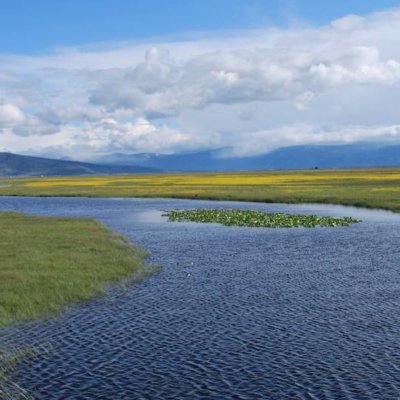
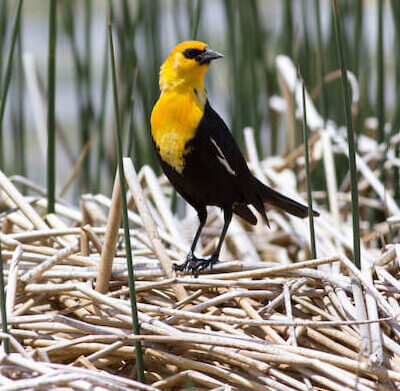
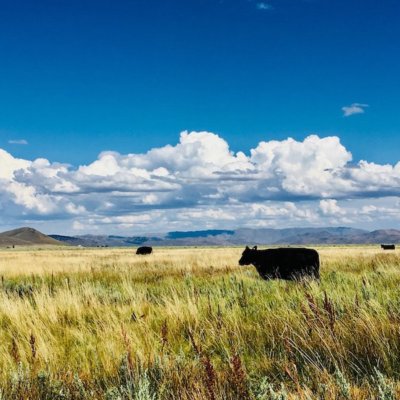
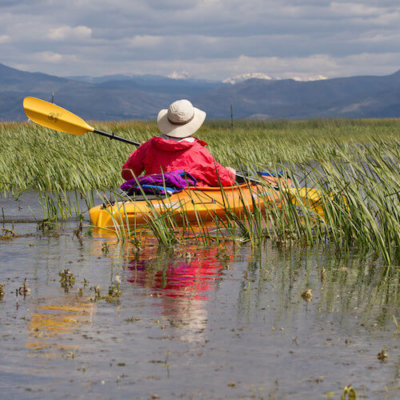
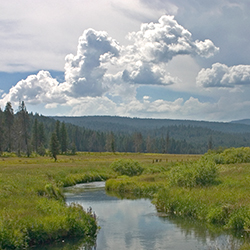
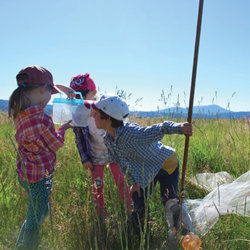
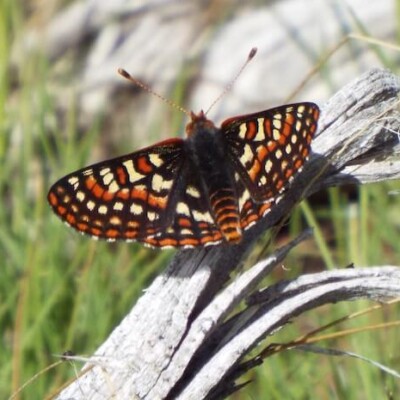
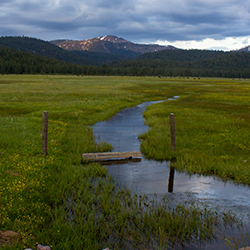
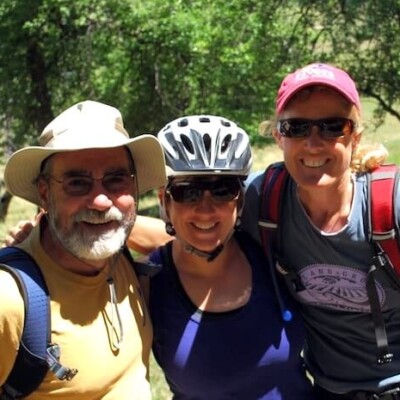
Explore More
Kids in Nature Highlights 2022
It's been a busy year for Feather River region's mountain kids—connecting to nature through Learning Landscapes, field trips, and land stewardship.
K12 Leadership Summit
Led by Rob Wade and FRLT, a national cohort of land trust folks are working to raise up the next next generation of earth stewards and building equitable, accessible, and community-driven programs for kids where they live.
FRLT Preserve Coloring Pages
Our gift to you - coloring pages of all five of our preserves, illustrated by an FRLT staff member.
New Learning Landscapes Trail for Kids
On October 4, 2021, C. Roy Carmichael students and teachers held a special ceremony—a “tred-ication—to break in the newest addition to their beloved Learning Landscapes site, Kids Creek Forest.
Loyalton Learning Landscape Conservation Story
The Loyalton Learning Landscape protects a working ranch, an important tributary to the Middle Fork Feather River, and outdoor learning opportunities for Loyalton kids.
The Next Generation of Conservation Professionals
AmeriCorps in action in the Feather River Watershed. Two SNAP members served at FRLT to monitor conserved lands, wildlife, and implement new data driven practices.
Internships grow the next generation of conservation professionals
Feather River College intern Bailey Graham explores "a promising career path" in land conservation and gets hands-on stewardship experience at FRLT's Heart K Ranch.
Annual Report
From protecting headwaters and biodiversity to enhancing access to nature, learn what our supporters made possible.
Birding in the Feather River region
Workshop Video: Birds of the Feather River region and where to see them with wildlife biologist and FRLT founder Paul Hardy.

